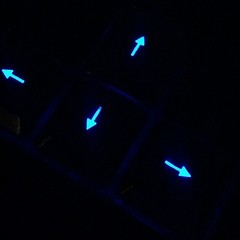How to mount a hard drive in Linux Mint
Go to solution
Solved by sazrocks,
1 minute ago, GrayTech said:Tried it, it is listed as sdb but I can't mount it. It tells me that special device dsb doesn't exist.
Did you type sdb or sdb1?
You could just try gparted (type gparted in a terminal)
-
Topics
-
Average Nerd ·
Posted in Troubleshooting2 -
2
-
EzioWar ·
Posted in Operating Systems2 -
5
-
pcboyguy ·
Posted in Troubleshooting3 -
Tact1cal ·
Posted in Power Supplies6 -
3
-
Spacer_v2000 ·
Posted in New Builds and Planning0 -
2
-
2
-
-
play_circle_filled

Latest From ShortCircuit:
This wireless router can’t possibly be good… can it? - Minion Routers


.jpg.5cc14cacf0bfa9d58de316927a37ec08.jpg)










Create an account or sign in to comment
You need to be a member in order to leave a comment
Create an account
Sign up for a new account in our community. It's easy!
Register a new accountSign in
Already have an account? Sign in here.
Sign In Now